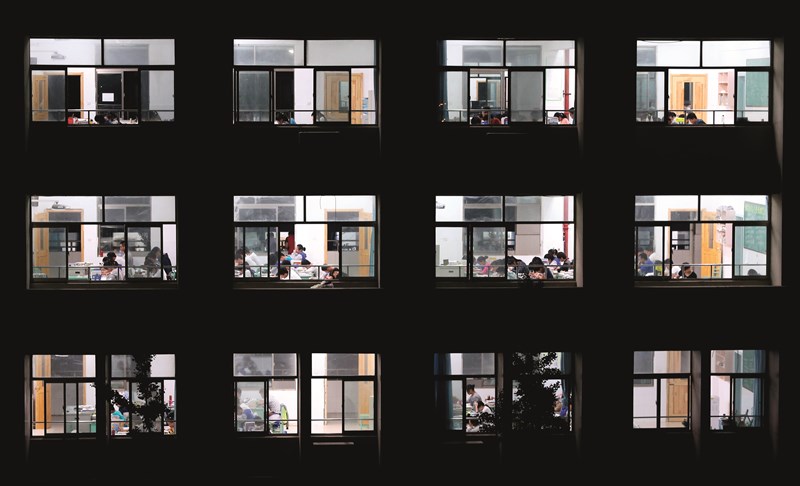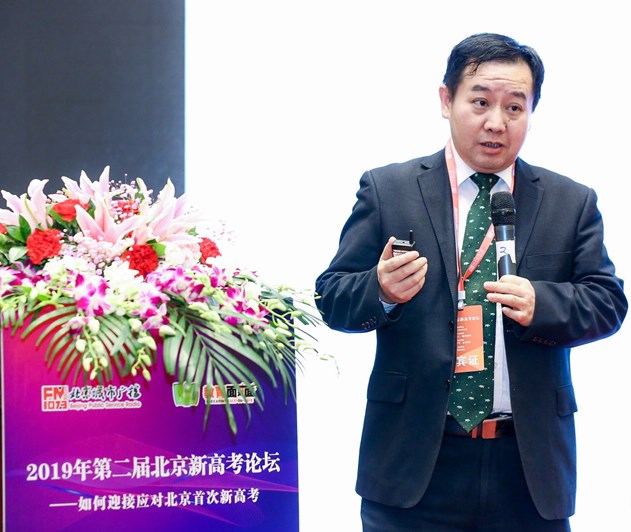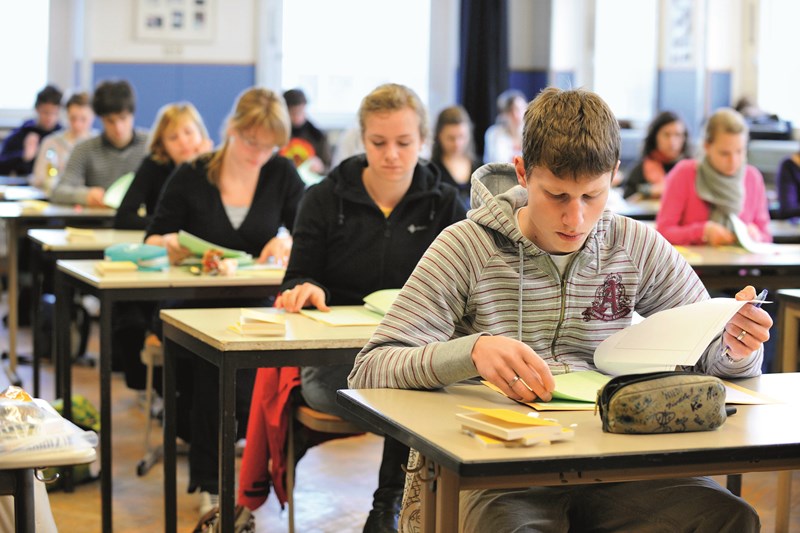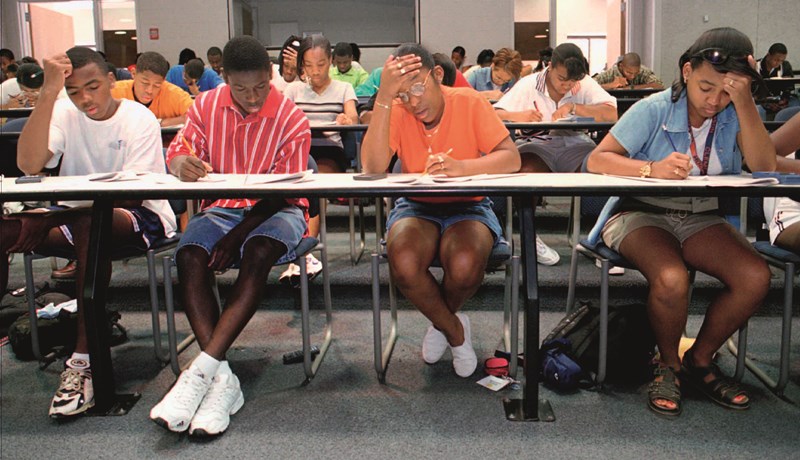Reform Needed in College Admissions

Since the end of the 1970s and even more since the turn of the century, China has been debating the reform of the national college entrance examination, popularly called the gaokao in the country. Chu Zhaohui, a researcher at the National Institute of Education Sciences, has been researching how to improve the gaokao system for over 30 years. He started with a field survey in 1983 and later participated in the formulation of the Outline of the National Medium- and Long-Term Program for Education Reform and Development (2010-2020) (hereinafter referred to as the Outline) in 2008.
At a critical moment of the reform of college enrollment system, Chu believes there is no turning back. China’s gaokao reform is moving forward irreversibly.

China Pictorial: Compared with other countries in the world, how is China’s college entrance examination system different?
Chu Zhaohui: China adopted unified college entrance examination and admission systems. Millions of students take the gaokao each year around the country to compete for college admission. More importantly, it is a powerful baton in the field of education because it determines, to a large extent, methods of teaching and learning in high schools, primary schools, and even kindergartens.
Most college entrance exams in other countries are organized by non-governmental organizations. Different admission officers, organizations, and institutions can assign weights to the exams and decide different reference values for various results. Few other countries in the world depend so much on a unified college entrance examination as China, and that makes a difference in how students learn and make choices about their future.

April 29, 2015: Students participate in Abitur, a German examination equivalent to China’s college entrance examination, in Magdeburg, Germany. Abitur is actually the high-school graduation exam in Germany.Students with relativel high scores are eligible to be admitted to universities.It is easy to get enrolled in German universities but difficult to graduate, and the graduation rate of the country’s universities is 30 to 50 percent. IC
China Pictorial: From a historical perspective, how should we look to improve the unified examination and admission systems?
Chu: The ideological foundation of unified college entrance examination and admission systems was largely developed in Germany, where the educational principles of nationalism once played an important role. Control over education transferred from the church to secular authorities, making Germany the first country in the world to implement compulsory education. In the 19th century, Germany’s education system was considered the most progressive in the world. At the end of the 19th century, countries began to reflect on the system and criticized it for ignoring individuality. Consequently, new educational principles emerged in Europe and the United States and were later developed into child-centered educational philosophy.
At the beginning of last century, the principles of education in China were keeping pace with Europe and the United States. In the 1950s, China adopted the centralized educational management and evaluation system of the Soviet Union. The system used to select talent for China posed many problems including affecting the overall and personalized development of students because of heavy reliance on exams. I think examination and admission systems need to be improved if they do not promote growth of human nature. As China’s higher education enters a stage of popularization, college entrance examinations and admission systems should be reformed to meet the needs of individual growth and national development.

Students in South Carolina are taking the SAT (Scholastic Assessment Test). Higher education institutions in the United States require examination results, daily performance and personal characteristics in the enrollment process, among which the SAT plays the biggest role. IC
China Pictorial: What progress has been made in reforming China’s gaokao system? What is the next step? What lessons can China learn from other countries?
Chu: The overall goal of the reform is to introduce student-centered enrollment programs based on best practices of examination and admission systems, both ancient and modern, Chinese and foreign. China has been doing a lot of useful research on the subject over the past few years.
The Outline issued in 2010 identified three principles for the reform of the gaokao system as “selecting talent with a scientific approach, promoting the healthy development of students, and safeguarding social fairness.” In 2013, the principles were updated to “promoting the healthy development of students, selecting talent with a scientific approach, and safeguarding social fairness” by then Chinese Minister of Education Yuan Guiren, reflecting a shift throughout the educational community in understanding the core function of the gaokao.
In China, the power to assign students to colleges according to their scores mainly rests in the hands of the government. Most foreign colleges have independent power to select students, and some with high scores are still rejected. For example, top universities in the United States will review an application file carefully and examine students’ personal characteristics like sense of mission and aspirations to change the world. The broad direction of the reform is to encourage higher education institutions and candidates to better mutually understand and choose each other in a freer manner to better train and prepare students for the future, more efficiently capitalize on talent, boost colleges’ motivation to cultivate talent, and achieve social revitalization.